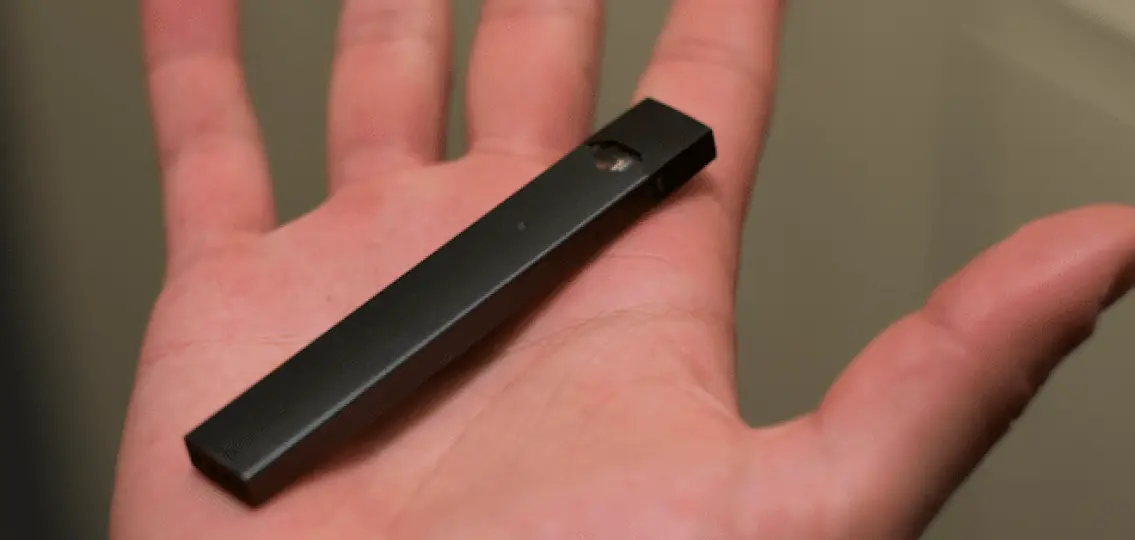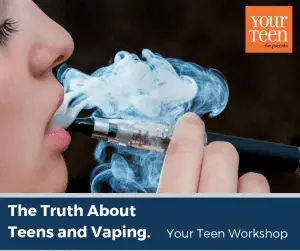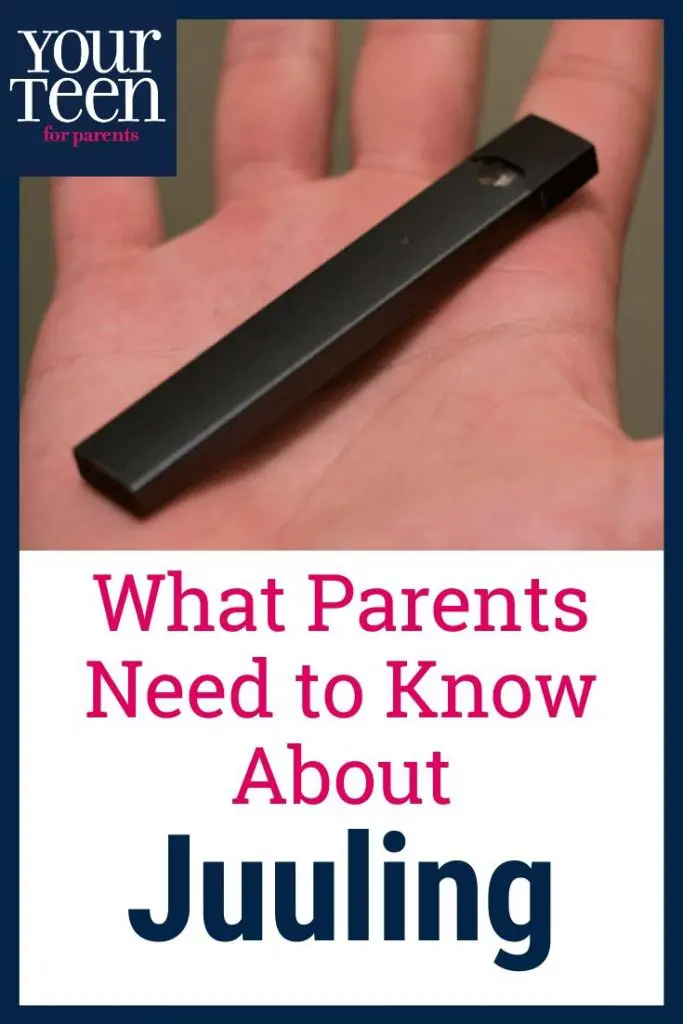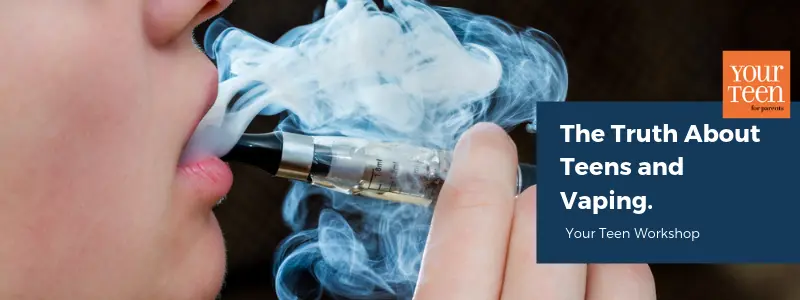While searching for my iPhone earbuds in my 16-year-old daughter’s bedside table, I came across a coin purse with tiny cartridges that look like a computer thumb drive. When Jane got home from school, I asked her what they were. “They’re Penelope’s,” Jane said. “I’m holding them for her.”
That seemed plausible. Penelope is a friend whose mom is very strict. But I still didn’t know what they were, and I thought: This can’t be good.
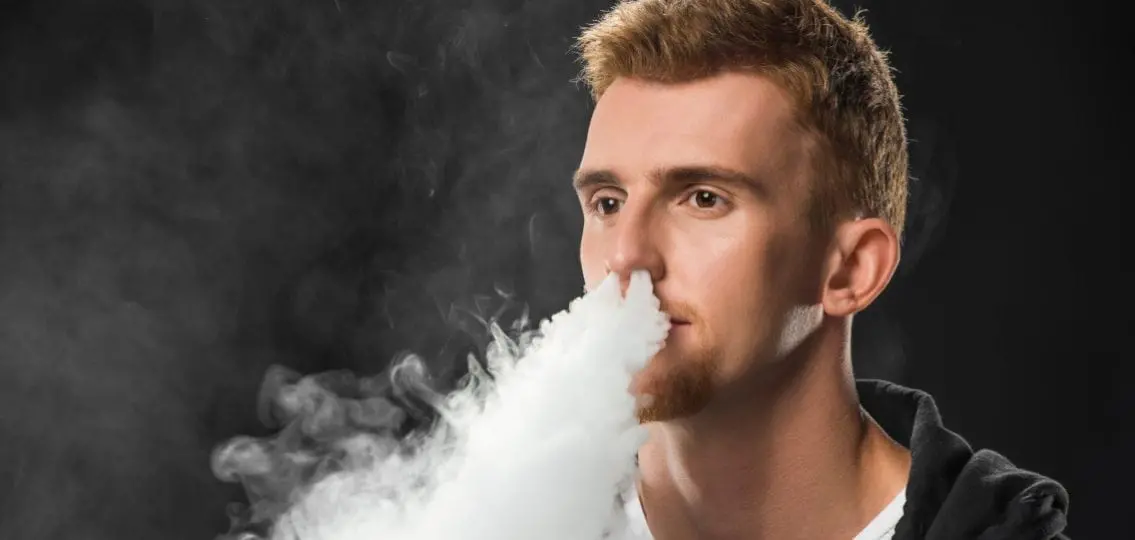
“What do you do with them?” I asked.
Slowly, we got to the bottom of it. They were Juul pods, nicotine cartridges for the latest, trendy version of an e-cigarette.
“The whole school does it,” Jane said. “It’s not a big deal.”
In fact, more than 3 million middle school and high school students in the U.S. use e-cigarettes—also known as “vaping.” And the numbers continue to grow every year. Suddenly, I realized that Jane and her friends were among them.
What is Juuling?
E-cigarettes are typically battery-powered devices that heat a liquid (“juice”) that turns into an aerosol that teens inhale into their lungs. Until this point, I thought vaping involved using a vaping pen, a small round device with a mouth piece on the end. But Juuling, as it’s popularly known, is much easier to hide. Juul is a sleek, rectangular vaporizing device that delivers a concentrated form of nicotine. It looks like a USB flash drive, and can even be plugged into a laptop to charge.
According to the Juul website, each cartridge contains 0.7 mL with 5 percent nicotine by weight. One Juul pod is equivalent to smoking one pack of cigarettes or 200 puffs. But the biggest draw for teens is that the pods come in fun flavors, such as cucumber, mango, and mint, says Koorosh Rassekh, an addiction therapist and founder of Evo Health and Wellness, an outpatient addiction treatment program in Venice, California.
What are the Risks of Vapor Smoking?
While teens may believe that vaping is relatively safe, there are numerous health risks. “You can get addicted to e-cigarettes,” says Bill Blatt, director of Tobacco Programs for the American Lung Association. Like smoking a regular cigarette, the nicotine from Juul or other e-cigarettes gets into teens’ lungs and bloodstream and keeps them coming back for more.
And because the smoke isn’t as noticeable as regular cigarettes, teens can take a draw from their Juul and put it in their pocket without the teacher seeing it. Forget about running to the restroom: “They can smoke in class,” Blatt says.
The FDA has banned the sale of e-cigarettes to minors, so Juul pods and other vaping devices can’t legally be sold to them. But teens still find ways to get them, so parents need to address this trend.
How to Talk to Your Teens about Juuling:
To talk to your teen about Juuling, vaping, or any other substance use, Rassekh offers four helpful tips for having productive conversations.
1. Don’t lecture.
Just saying, Don’t Juul (or vape) because it’s bad for you, doesn’t help. (Guilty!) Lecturing about its harmfulness will only compel your teen to keep it a secret from you, Rassekh says.
2. Be open to the conversation.
Not every teen will be tempted to Juul or vape. But it’s worth having the conversation if you suspect they may be. In my daughter Jane’s case, she may truly be holding the cartridges for Penelope. But I suspect that she too is Juuling because her friends are—and like many teens, Jane lives for her friends. “The risk of being ostracized and the social benefit can motivate teens to Juul and try other substances,” Rassekh says.
3. Try to understand why your teen is Juuling.
Teens can be tempted to Juul for many reasons, including not wanting to be bullied, peer pressure, or getting a break from the rigors of the school day. “To get to the bottom of any substance use, ask yourself, What is impacting my teen’s self-esteem negatively?” Rassekh says.
Once you understand why your teen might be drawn to Juuling or vaping, then you can begin to address your teen’s vulnerabilities and build the resilience to counterbalance it.
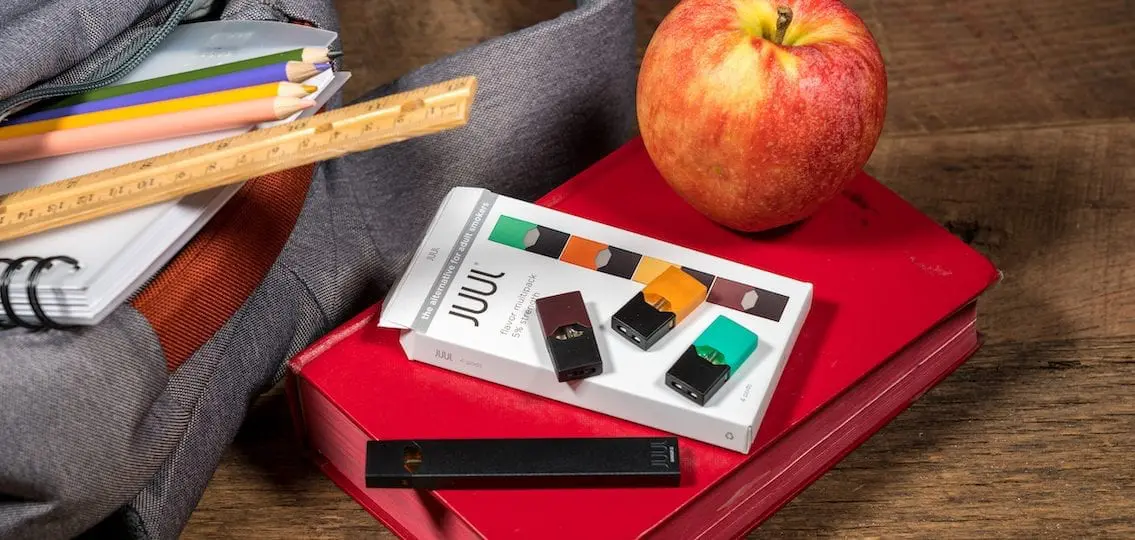
4. Get outside help.
If your teen has developed a nicotine habit in any form, it may be time to have a pediatrician or therapist talk with them. You can also call the Center for Disease Control’s national tobacco quit line, 800-784-8669, for more guidance from their professional counselors.
